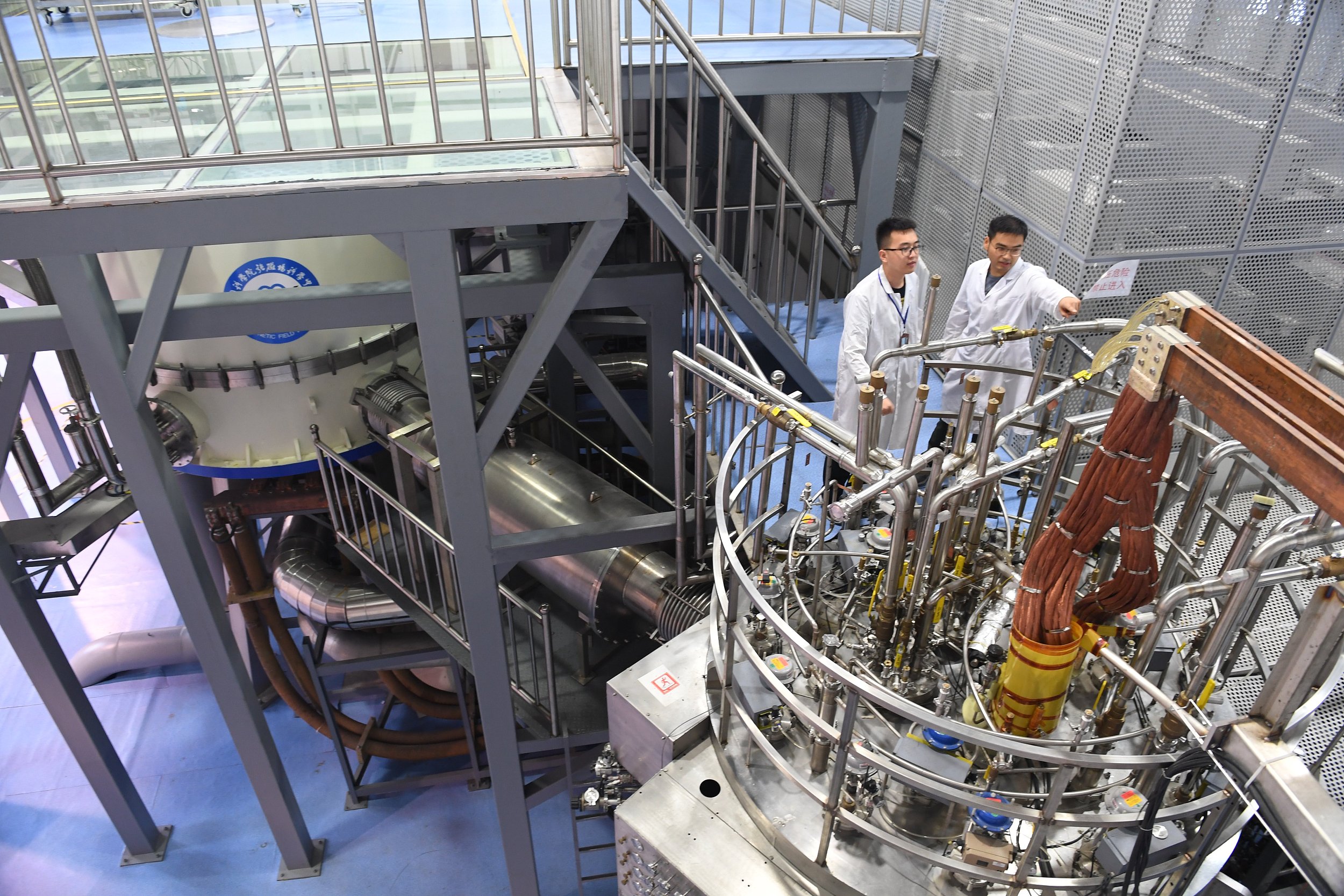China Lays Out Top-level Design on Decarbonization
By LI Linxu
A top-level design to achieve carbon peaking and carbon neutrality, has been laid out by China in a document jointly released by the Central Committee of the Communist Party of China and the State Council on October 24.
The document, titled Working Guidance For Carbon Dioxide Peaking And Carbon Neutrality In Full And Faithful Implementation Of The New Development Philosophy, details the country's goals and measures towards carbon peaking and carbon neutrality.
By 2025, China's carbon dioxide emissions per unit of GDP will be lowered by 18 percent from the 2020 level, according to the goals set by the document, adding that the energy consumption per unit of GDP will be lowered by 13.5 percent from the 2020 level.
By 2030, China's carbon emissions will peak, and by 2060, the country will be carbon neutral, says the document.
In the new stage of development, the matter of carbon peaking and carbon neutrality is of great significance to effect a comprehensive green transformation in respect of economic and social development, said He Lifeng, chairman of the National Development and Reform Commission.
Aside from the goals for cutting carbon emissions, the document also sets out the goals for improving the energy efficiency of key industries, increasing the share of non-fossil energy consumption, and elevating the carbon sink of ecosystems.
China aims to gradually increase the share of non-fossil energy consumption to around 20 percent by 2025, around 25 percent by 2030, and more than 80 percent by 2060.
In 2020, the non-fossil energy consumption accounted for 15.9 percent, up 6.2 percentage points against 2012.
The series of goals indicate China, the biggest developing country, will complete the world's most dramatic reduction in carbon emission intensity, and reach carbon neutrality from carbon peaking in the shortest period of time in human history, said He, adding that this will inject great impetus into achieving goals of Paris Agreement on climate change and make a great contribution toward building a community with a shared future for mankind.

China is striving for a comprehensive green transformation in economic and social development. (PHOTO: VCG)
To achieve these objectives, the document puts forward an array of working guidelines, such as exercising nationwide planning, prioritizing conservation, leveraging the strengths of the government and the market, coordinating efforts on the domestic and international fronts, as well as guarding against risks.
In addition, the document also lists a series of measures, such as promoting comprehensive green transformation in economic and social development, carrying out in-depth industrial restructuring, accelerating the development of a clean, low-carbon, safe and efficient energy system, and promoting a green and low-carbon mode of opening-up.
Energy conservation must be a key feature of the entire process and all sectors of economic and social development, says the document, which calls for deepening reforms of energy systems and mechanisms.
The country plans to strictly control fossil fuel consumption, such as coal consumption, and actively develop non-fossil energy, such as wind, solar, biomass, marine, and geothermal energy sources.
Meanwhile, China will strengthen research in green and low-carbon technologies and promote their applications.
By 2060, China will have fully established a green, low-carbon and circular economy, says the document.

